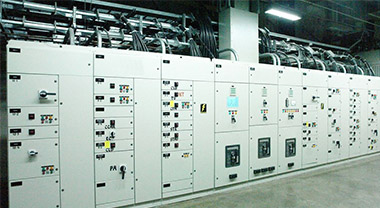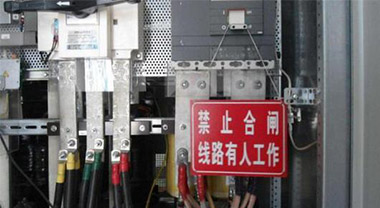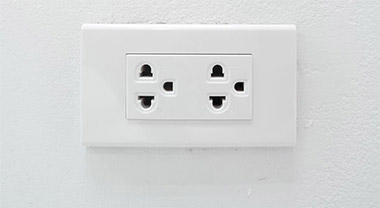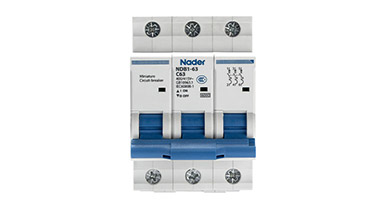Selection principle of circuit breaker
Low-voltage electrical appliances choose circuit breakers with different types of short-circuit breaking capacity to meet the needs of different line expected short-circuit currents (when I is in the same situation). The selection principle of circuit breaker is:
1. The short-circuit breaking capacity of the circuit breaker ≥ the expected short-circuit current of the line;
2. Different types of circuit breakers should be selected for different load low-voltage electrical appliances.
The most common loads of low-voltage electrical appliances include three categories: distribution lines, motors, and household and similar households (lighting, household appliances, etc.). Corresponding to this there are power distribution protection type, motor protection type and household and similar household protection type circuit breakers. The protection properties and protection characteristics of these three types of circuit breakers are different. For the distribution type circuit breaker, it is divided into type A and type B: type A is non-selective type, and type B is selective type. The so-called selective type means that the circuit breaker has the three-stage protection characteristics of overload long delay, short circuit short delay and short circuit instantaneous.




